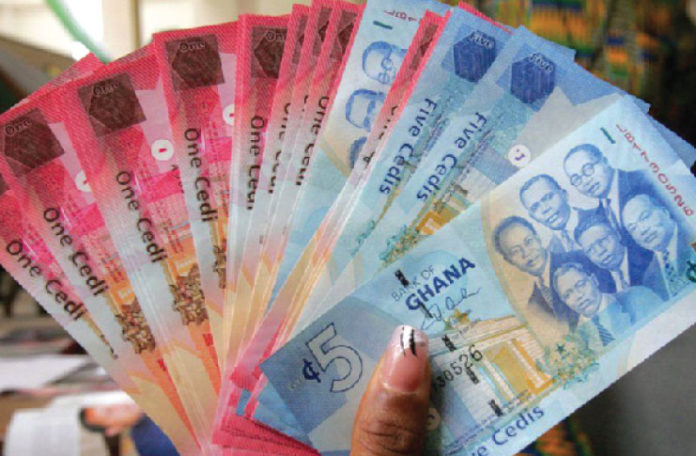
Thirteen years after the debt relief movement saw billions in unsustainable public borrowing written off by Western creditors, there are worrying signs that African economies including Ghana could be lurching towards another crisis.
Average public debt is expected to rise to 53% of GDP this year, up from 34% in 2013. The average cost of debt servicing is 12.2%, the highest since 2001, and as high as 35.4% of government revenue in Ghana.
Driven by the collapse in commodity prices and growing deficits countries have flocked back to international lenders like the IMF. More than 20 countries have taken out loans since 2012.
Within the last month Egypt, Ghana, Nigeria, Kenya and Côte d’Ivoire – all key economies – have all either issued large eurobonds or announced intentions to do so. Nigeria has just sold $2.5bn of eurobonds, adding to a record $4.8bn last year.
Egypt has raised $4bn this year to help plug a budget deficit, on top of its $12bn IMF loan taken out in late 2016. Ghana and Côte d’Ivoire are mulling $1bn eurobonds, while Kenya has just raised $2bn.
Unsustainable levels
All of this comes despite growing warnings about unsustainable debt levels on the continent. Zambia has just received a warning from the IMF that it is at high risk of debt distress.
Africa’s second-largest copper producer has been seeking a bailout from the Washington, DC-based lender since late 2016. In a bid to secure a loan Lusaka recently agreed to to restructure its debt with China.
Meanwhile Kenya has also been in trouble with the IMF, with access to a $1.5bn standby facility blocked by the lender on concerns over its debt burden. Matters were made worse by the central bank’s reported continued insistence that the facility was still in place.
East Africa’s biggest economy has also seen its sovereign credit downgraded by Moody’s because of its borrowing spree.
Too much borrowing
Worryingly, much of the debt currently being taken on is to pay off existing debt or stabilise public finances that have been hammered by the commodities slowdown. It is the equivalent to using one credit card to pay off another.
Unlike the crisis of the 1980s, commercial debt is also becoming a problem. Some $35bn of existing eurobond debt will mature between 2021 and 2025.
The Republic of Congo is already in debt relief talks with trading houses including Trafigura and Glencore, while Chad has just agreed a debt restructure deal with the latter. None of this takes into account vast borrowing from China, on which there is little public data available.
The borrowing is being fuelled by deteriorating public finances and low global interest rates – at least for now. When, as is increasingly expected, global interest rates are hiked, things could get ugly. Given Africa’s fraught history with debt it is a trend that should be taken very seriously.


























